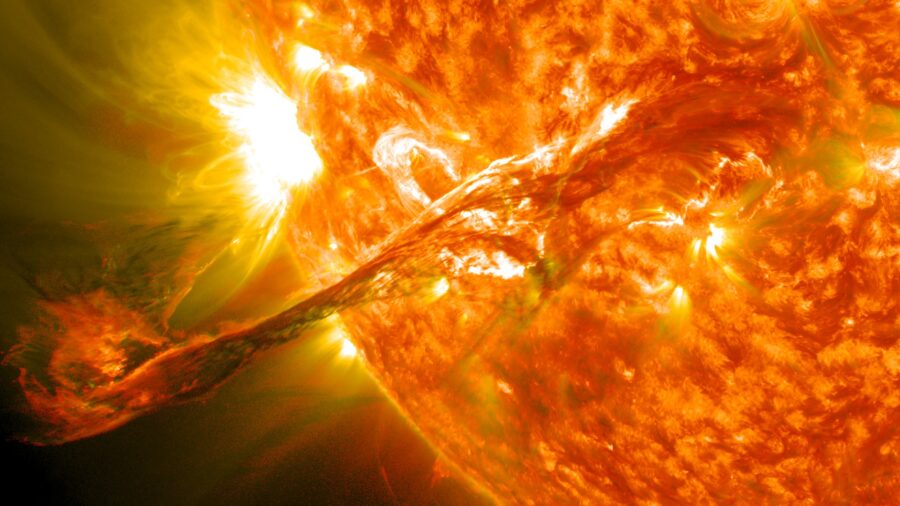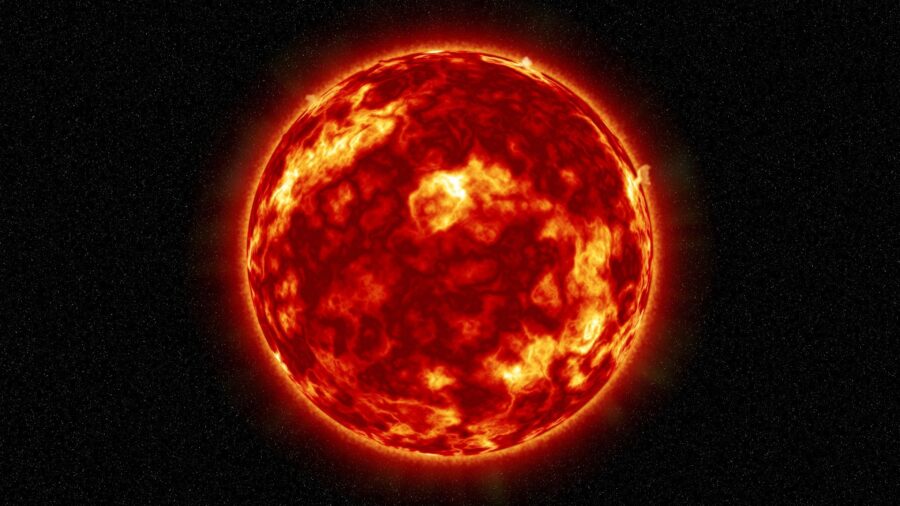Written by Robert Scotchi | updated

A recent report prepared by Science alert It explains a naturally occurring phenomenon that occurs on Earth when the Sun reaches the zenith of its 11-year cycle. Throughout the sun’s 11-year cycle, scientists can expect somewhat predictable waxing and waning in intensity of solar flares, depending on where we sit during this cycle. But scientists are worried because although they expect to see a peak in solar activity in the form of flares by 2025, we’ve already exceeded the expected numbers, which means the sun is producing more geomagnetic storms than we used to.
Scientists are concerned because the rate of geomagnetic storms from the sun is increasing.
While the sun’s increased activity often manifests as Aurora Borealis when the solar flare interacts with Earth’s magnetosphere at high altitudes, this increase in activity can also cause damage to radio frequency and, in some cases, low-Earth orbiting satellites ( Leo) ). To say that we are in imminent danger would be a gross exaggeration, but we do occasionally see repercussions as a result of the sun’s increased activity.
One notable, well-documented example is referred to as the Starlink destruction event. This incident occurred when SpaceX launched dozens of satellites into orbit back in February 2022. Normally a low-orbiting satellite would not be negatively affected by a plasma explosion from the Sun, but in this case, 38 of the 49 satellites were damaged or lost. after the initial launch.
In other words, although the Sun is capable of destroying low-Earth orbit satellites, we are not likely to witness this type of fallout near the Earth’s surface.
As terrifying as this incident may sound, there are a few factors to consider that will put your mind at ease. Typically, LEOs are located at altitudes of 400 km or higher. In the case of SpaceX’s Starlink satellites, they were simply in the wrong place at the wrong time while the Sun had a coronal mass ejection, causing a geomagnetic storm that dramatically thickened the air.

If the satellites were at a higher altitude, they would not be affected by the sun’s activity. But since it was only launched at an altitude of 210 km, it was launched in the middle of the solar event. What SpaceX witnessed was pretty strange when you consider the fact that there have been 35 successful Starlink launches in the past without a problem.
However, what we have to worry about is the fact that many of the resulting storms are hard to detect because they depend largely on how Earth’s magnetic fields interact with the sun’s solar wind, which is much harder to detect. .
In other words, although the Sun is capable of destroying low-Earth orbit satellites, we are not likely to witness this type of fallout near the Earth’s surface. For many spectators and stargazers, the same solar activity that was responsible for the Starlink destruction event simply provides a spectacular light show in the form of Aurora Borealis for those in the Northern Hemisphere.
But we are not always in the clear. The Sun has been known to mess with shortwave radio communications when its solar storms are particularly intense. Fortunately, we can detect solar flares as they leave the sun’s surface with a relatively high degree of accuracy.
However, what we have to worry about is the fact that many of the resulting storms are hard to detect because they depend largely on how Earth’s magnetic fields interact with the sun’s solar wind, which is much harder to detect. .
Although the sun is currently boasting increased activity during its cycle in the form of increasing solar flares, you don’t have to worry too much right now. Just know that if you want to launch a satellite into low Earth orbit, you will probably consider altitude.

“Reader. Infuriatingly humble coffee enthusiast. Future teen idol. Tv nerd. Explorer. Organizer. Twitter aficionado. Evil music fanatic.”
